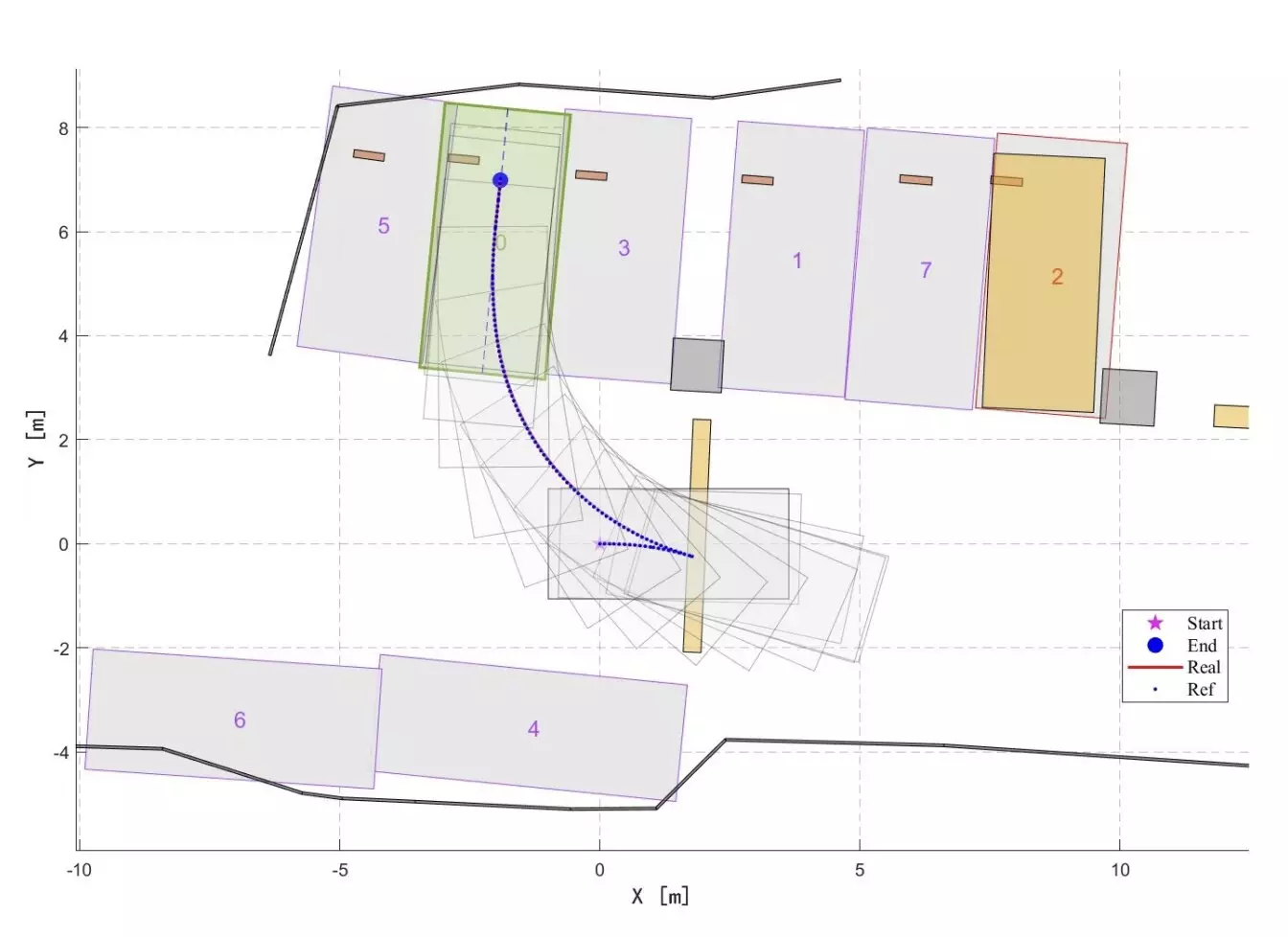The concept of self-driving vehicles has long been a focus of both robotics research and the automotive industry. While significant progress has been made in this field, with some companies already testing autonomous vehicles in controlled environments, the deployment of these vehicles in real-world settings remains limited. One area of interest in recent years has been automated valet parking (AVP), a feature that would allow a car to autonomously navigate from the entrance of a parking lot to an available parking spot. However, the reliable implementation of this technology has presented challenges for researchers and engineers.
Researchers at Mach Drive in Shanghai recently introduced OCEAN, an Openspace Collision-freE trAjectory plaNner designed specifically for the autonomous parking of vehicles. This trajectory planner, detailed in a pre-published paper on arXiv, aims to enhance the ability of cars to navigate safely to a parking spot without colliding with obstacles along the way. The team behind OCEAN, including Dongxu Wang and Yanbin Lu, proposed an optimization-based trajectory planner accelerated by the Alternating Direction Method of Multiplier (ADMM), which offers improved computational efficiency and robustness. The planner is suitable for various scenarios with minimal dynamic obstacles, making it a versatile solution for autonomous parking applications.
One of the key advantages of OCEAN is its ability to address the shortcomings of previous approaches to autonomous parking. Specifically, it overcomes challenges related to accurately predicting collisions and exhibiting poor real-time performance. By building upon the Hybrid Optimization-based Collision Avoidance (H-OBCA) framework, OCEAN offers enhanced collision avoidance capabilities, improved robustness, and increased speed in real-time operations. The trajectory planning process involves a hierarchical optimization-based collision avoidance framework, which leverages a collision-free Hybrid A* trajectory as a starting point. This approach is further refined through the use of ADMM to solve the optimization problem efficiently and robustly.
The researchers conducted extensive testing of the OCEAN planner, simulating hundreds of scenarios and performing real-world experiments in public parking areas. The results of their tests were highly promising, demonstrating that OCEAN outperformed existing methods for autonomous parking. The team highlighted the superior performance of their method compared to other benchmarks, emphasizing its potential for deployment on low-computing platforms requiring real-time performance. This suggests that OCEAN could pave the way for the widespread adoption of autonomous parking technologies by automotive companies.
While the OCEAN trajectory planner shows significant potential for enhancing autonomous parking capabilities, further refinement and testing are necessary to ensure its reliability and effectiveness in a variety of real-world scenarios. Continued development of this technology could lead to its integration into commercial vehicles, revolutionizing the way we approach parking and adding value to the autonomous driving experience. As automotive companies continue to invest in autonomous vehicle technologies, the implementation of advanced trajectory planners like OCEAN could play a crucial role in shaping the future of transportation.


Leave a Reply